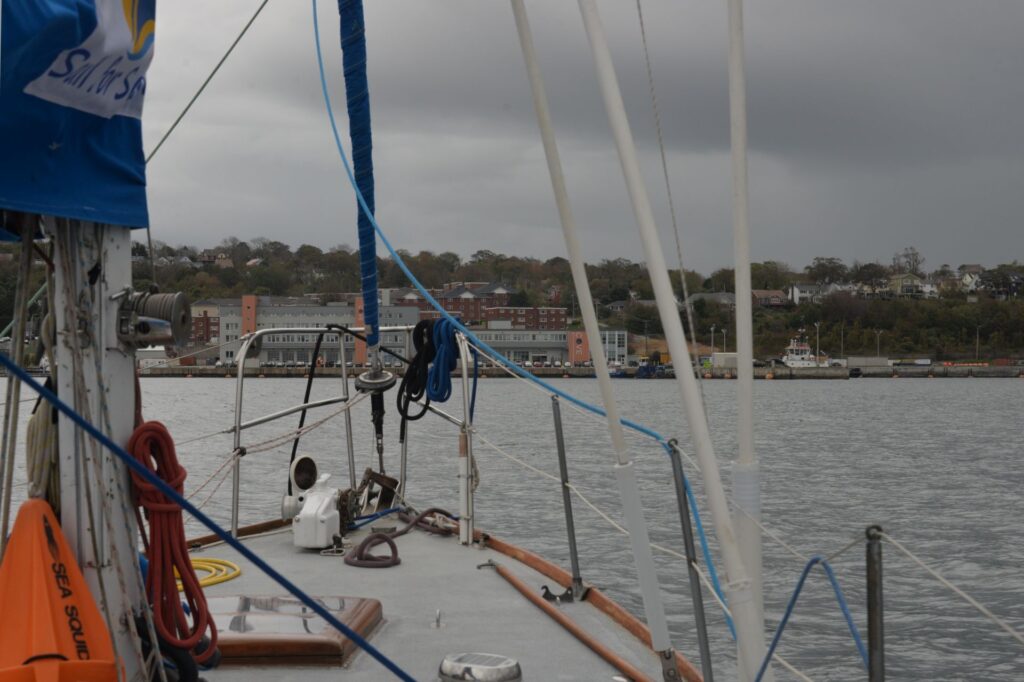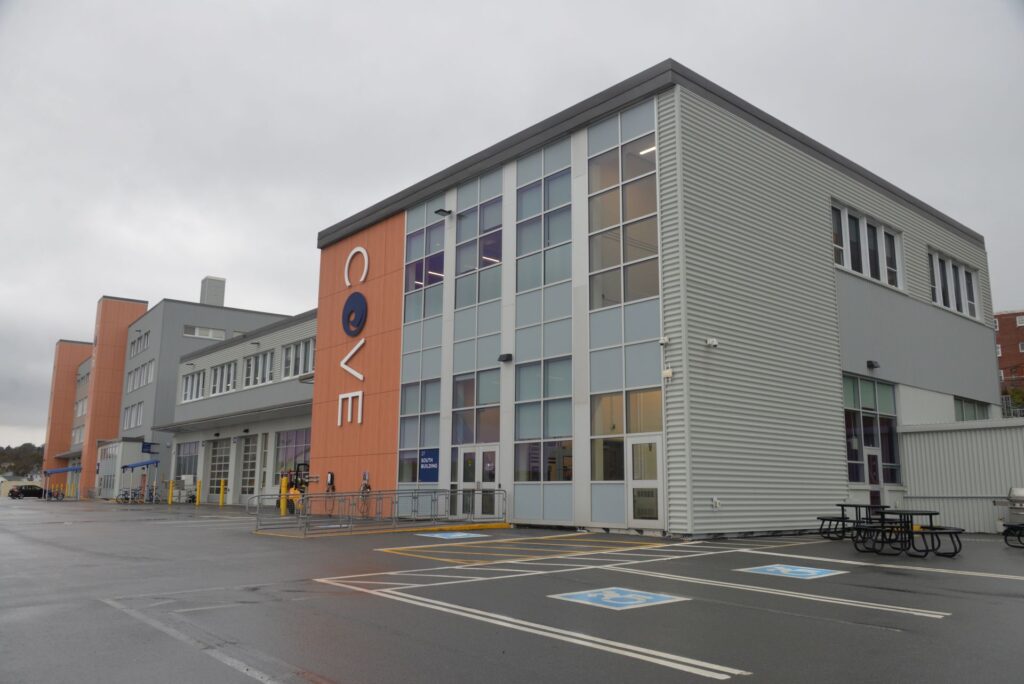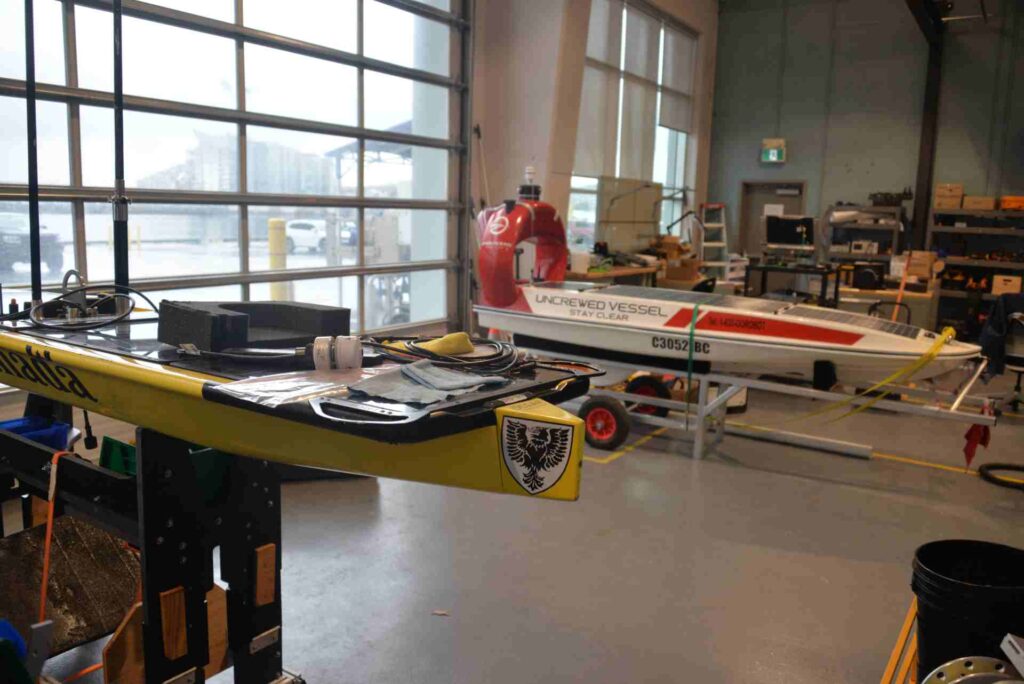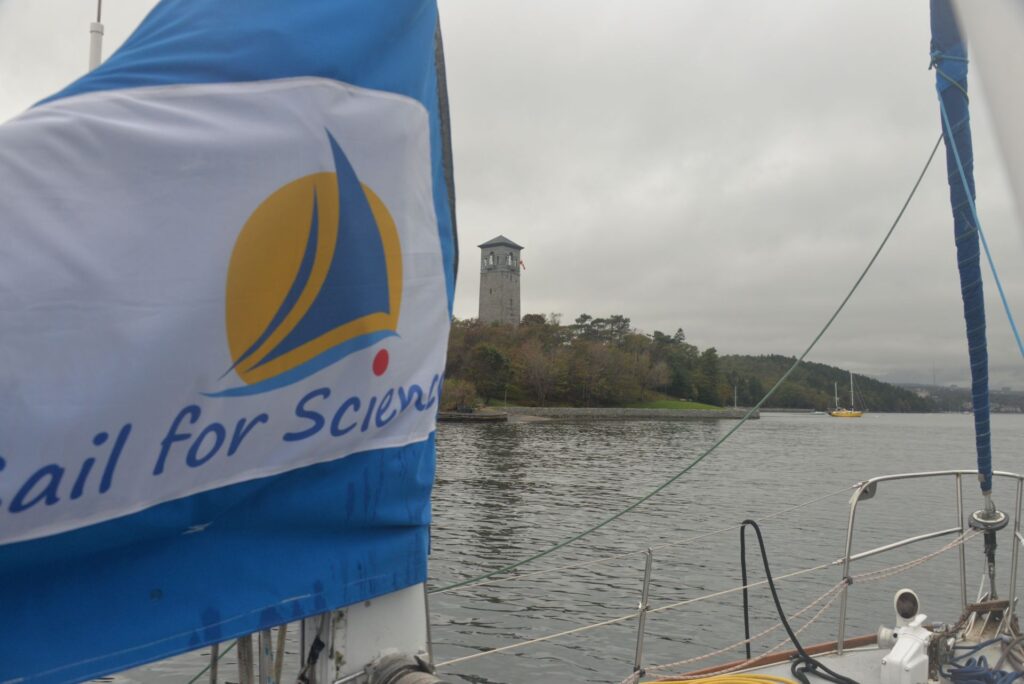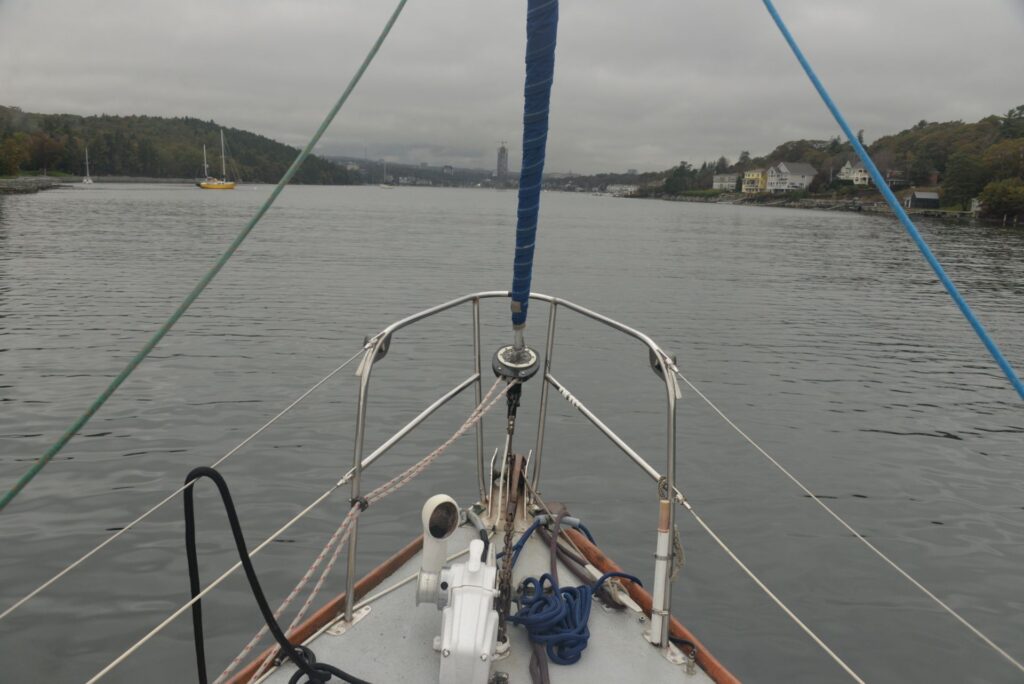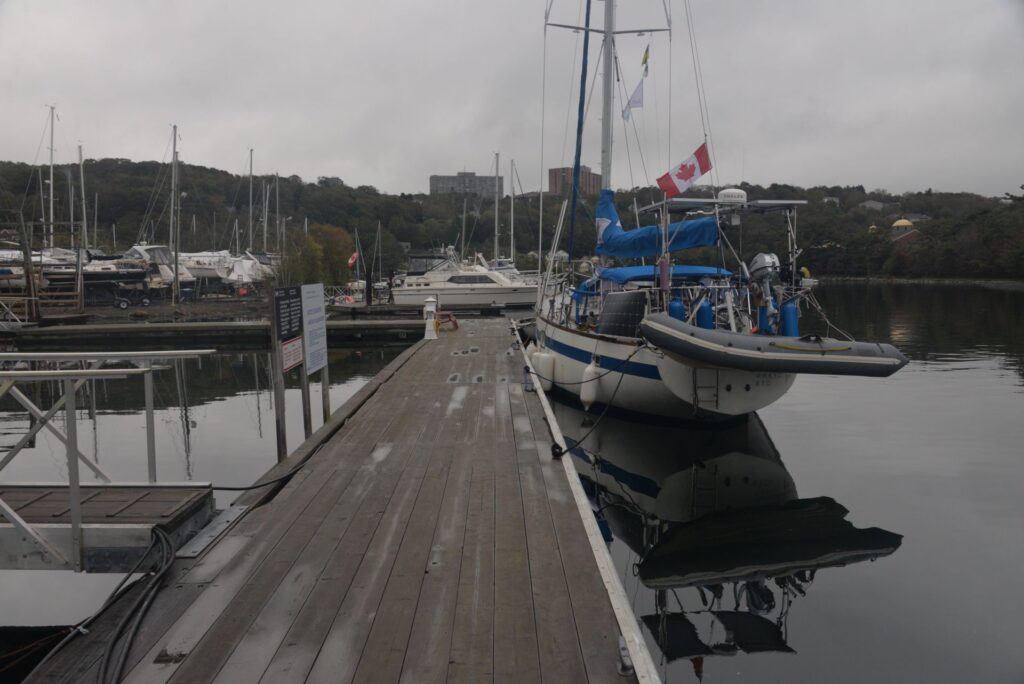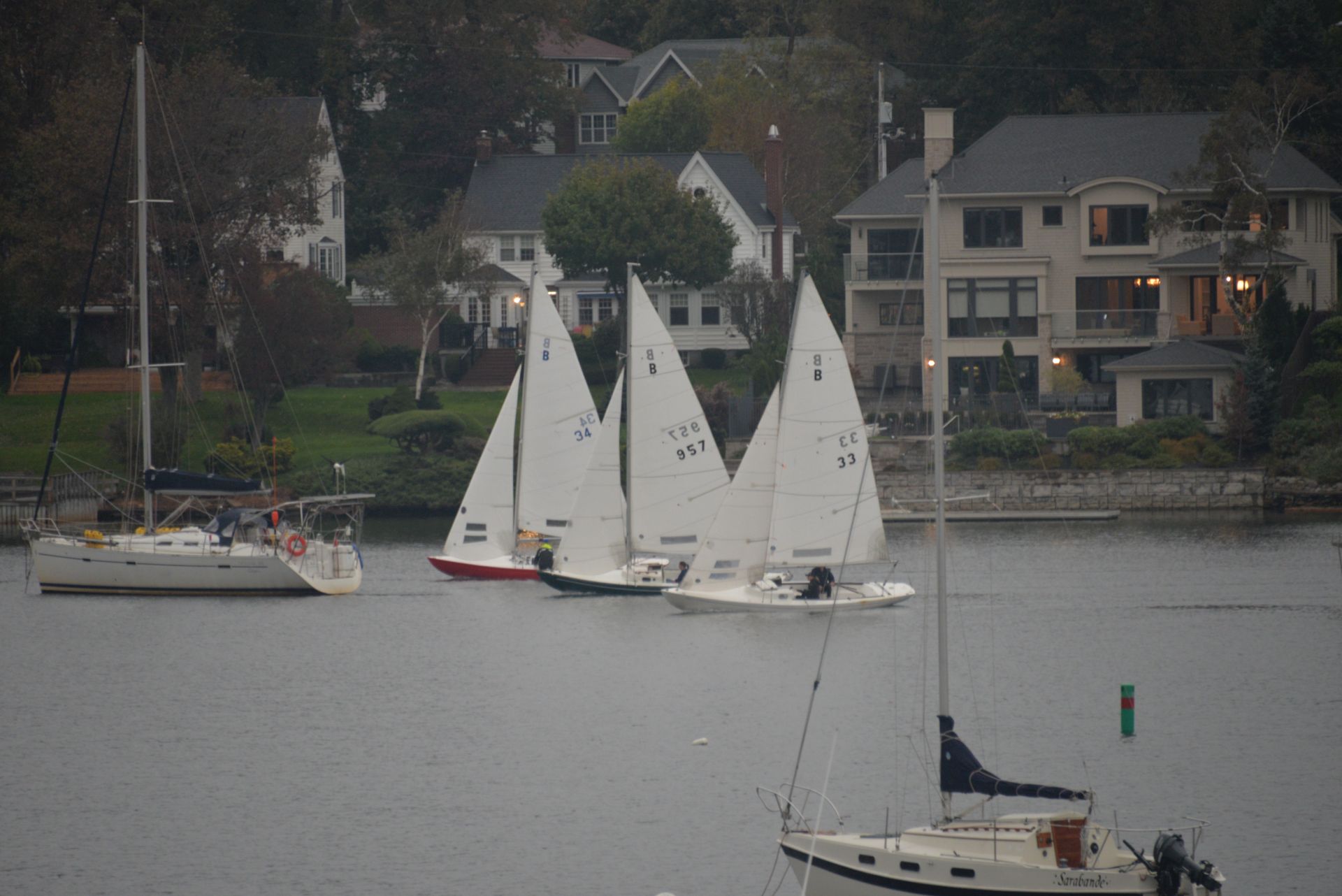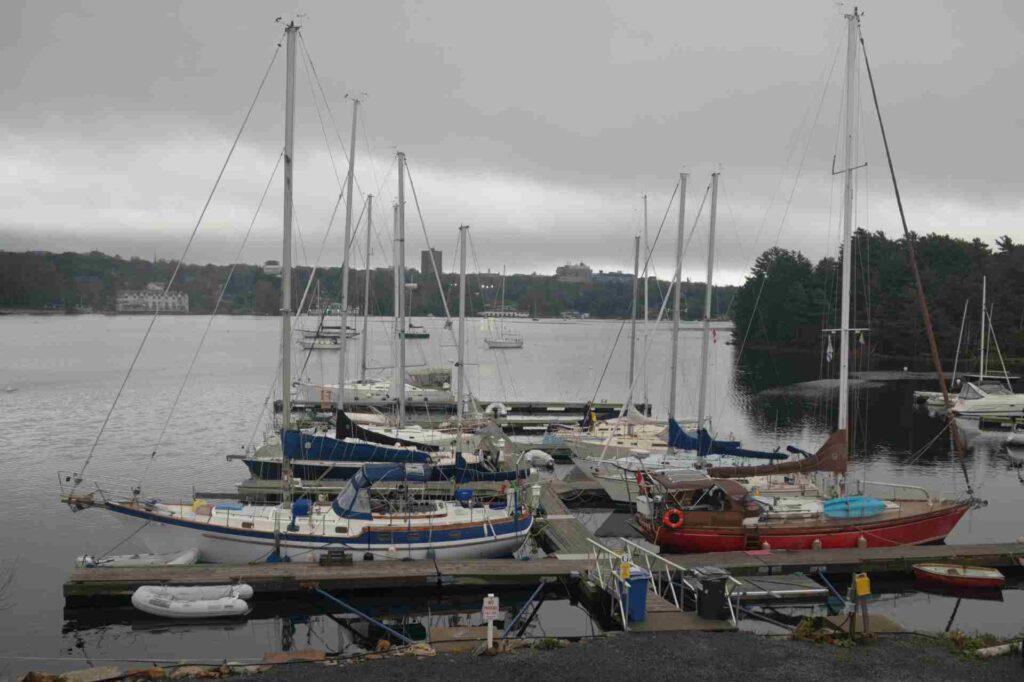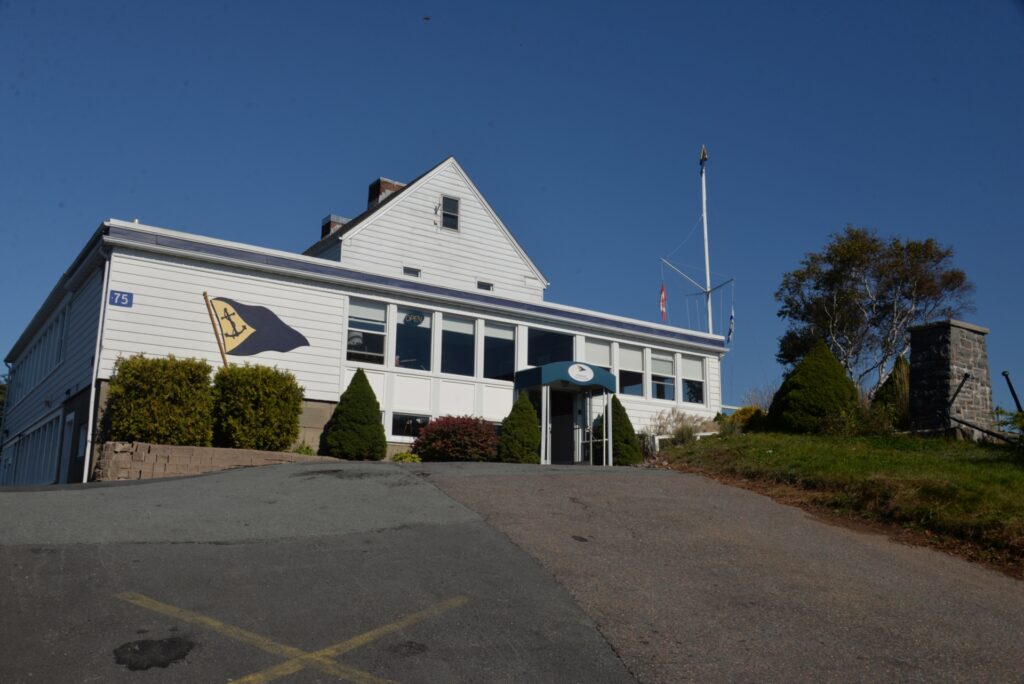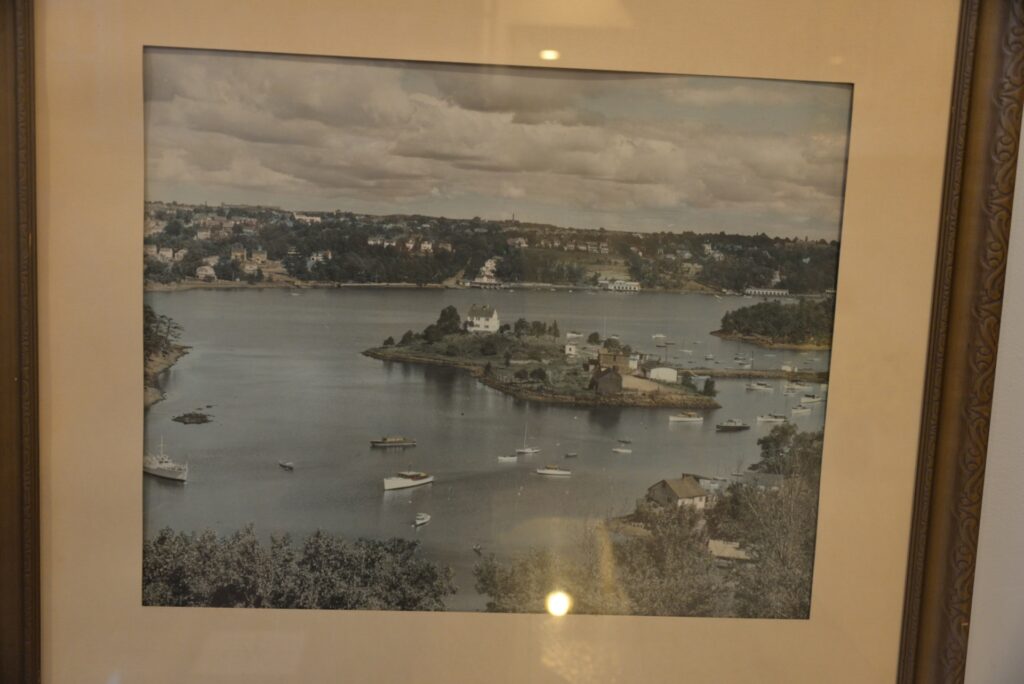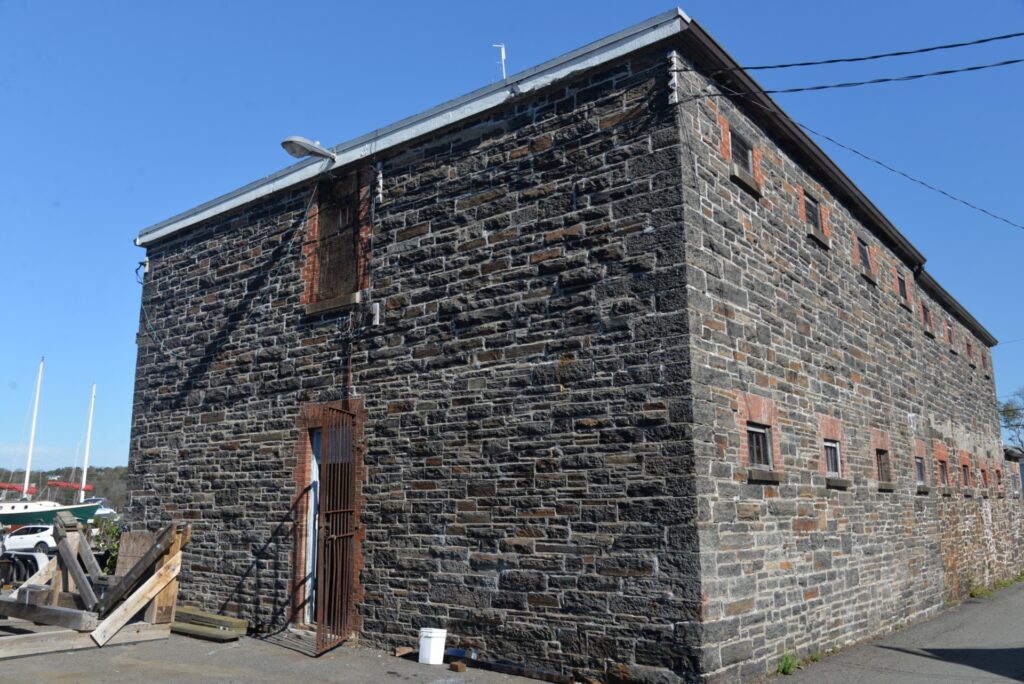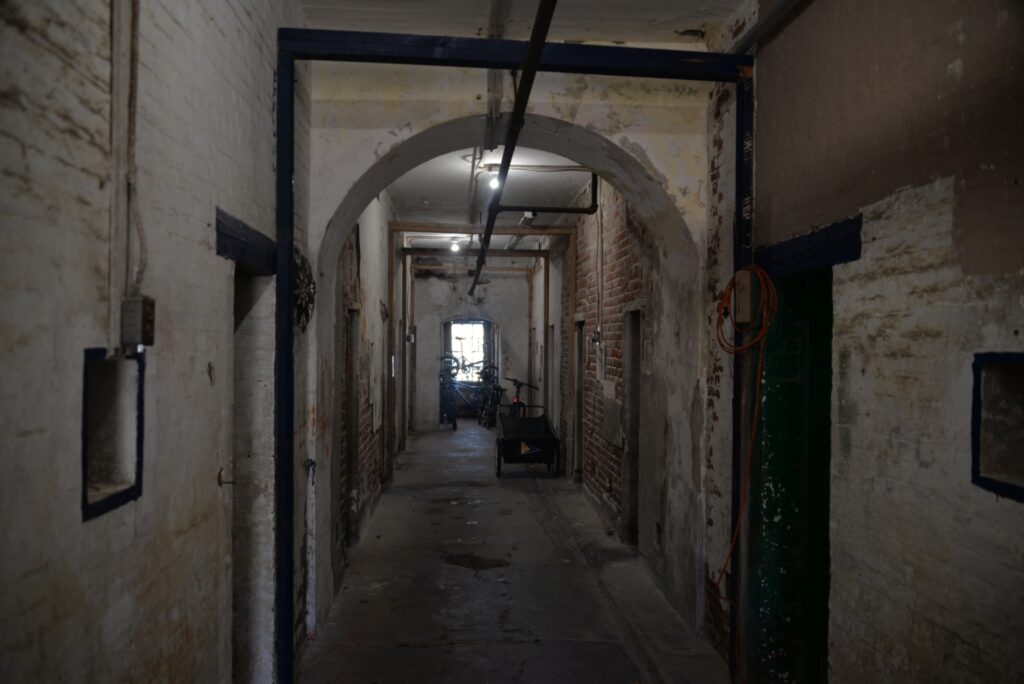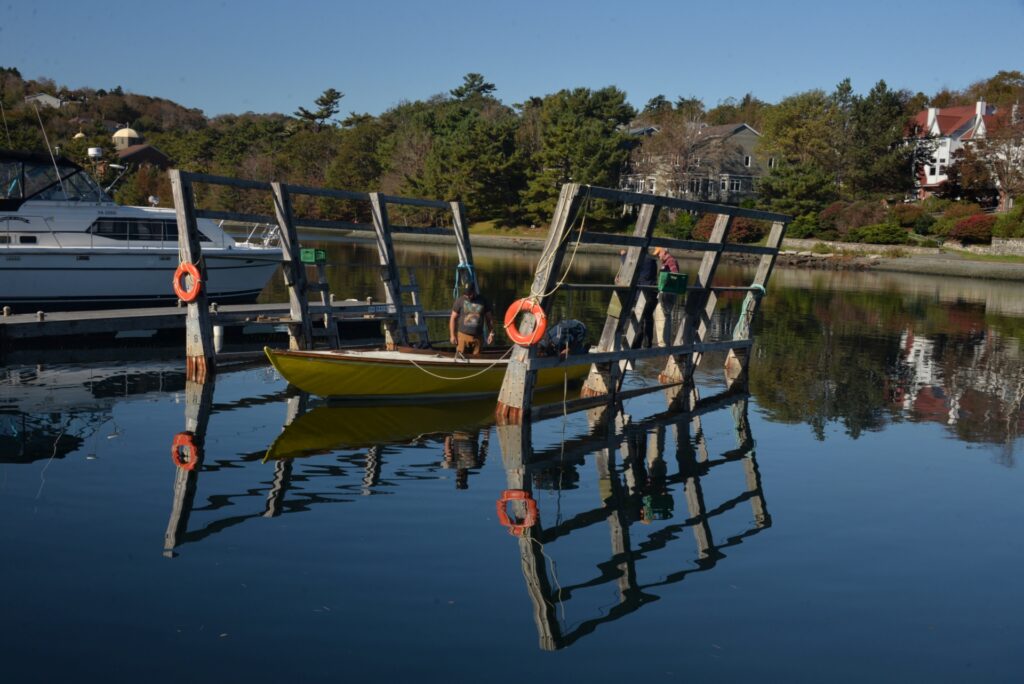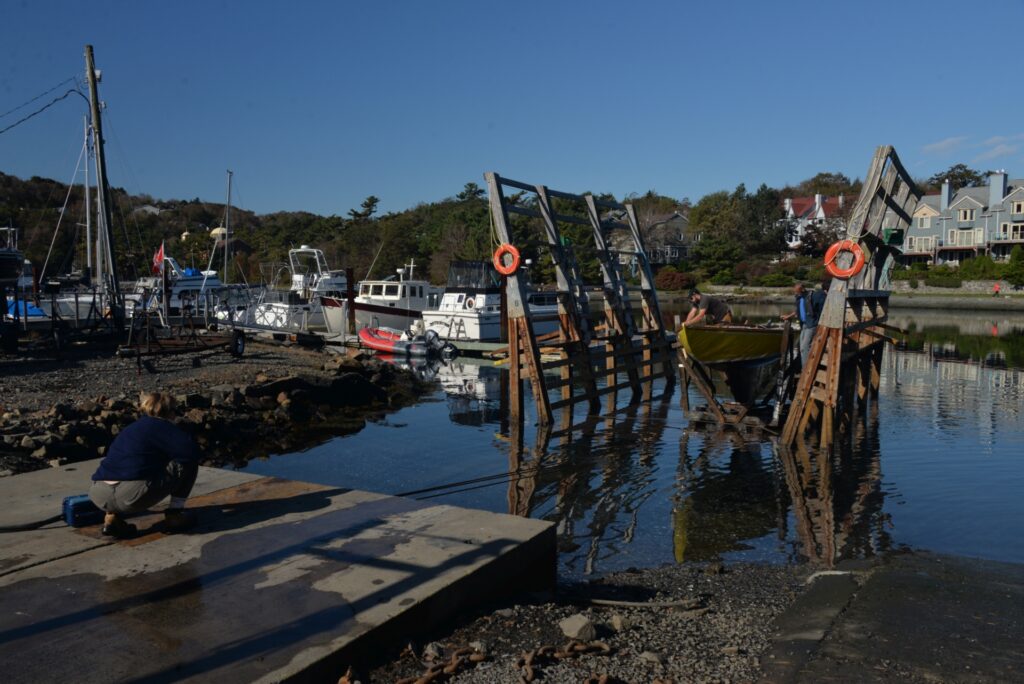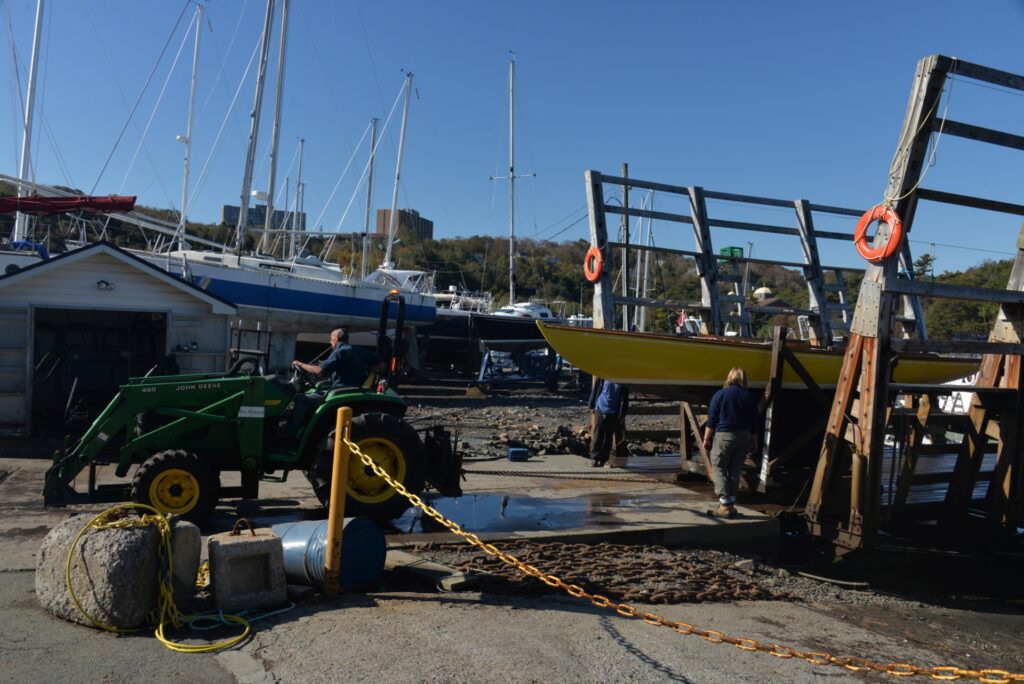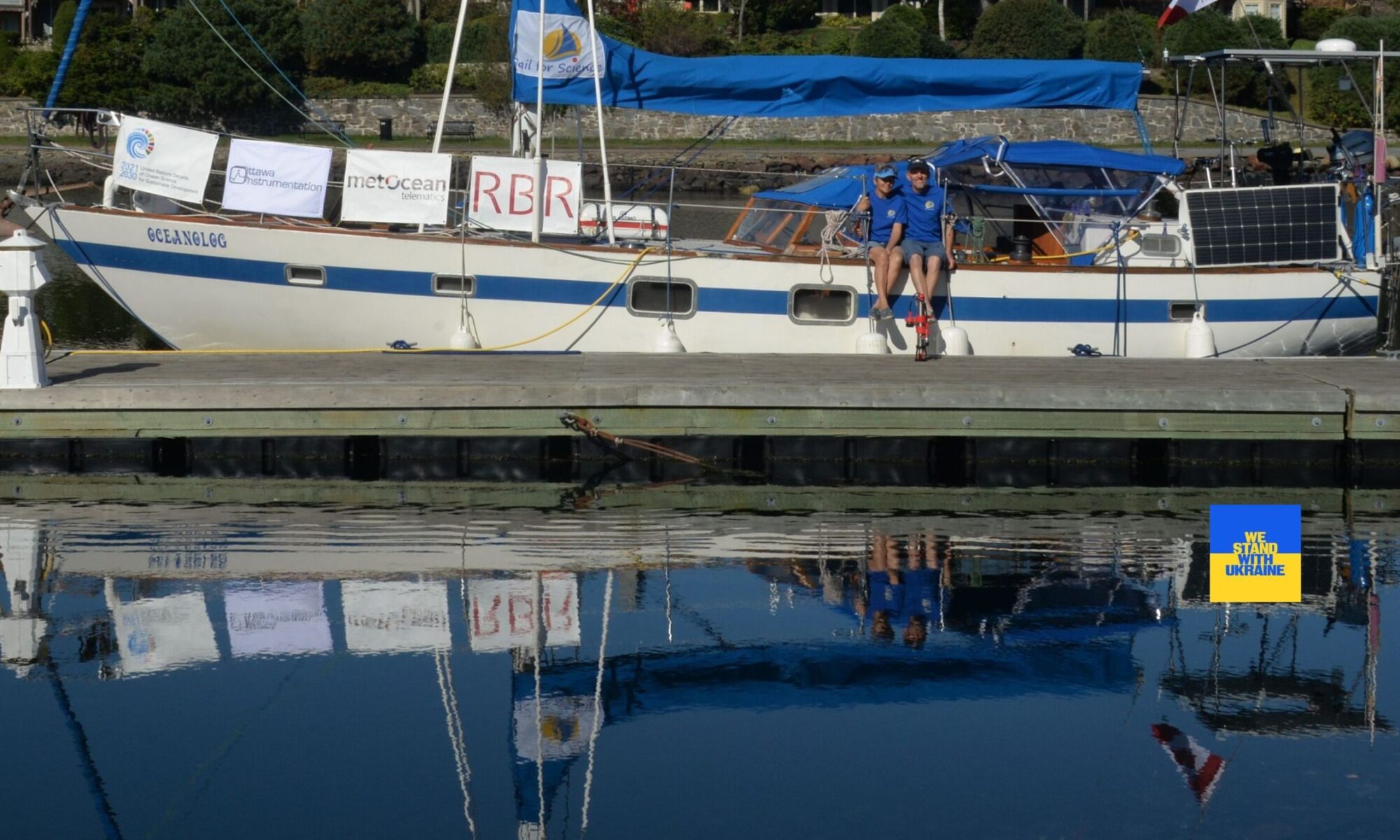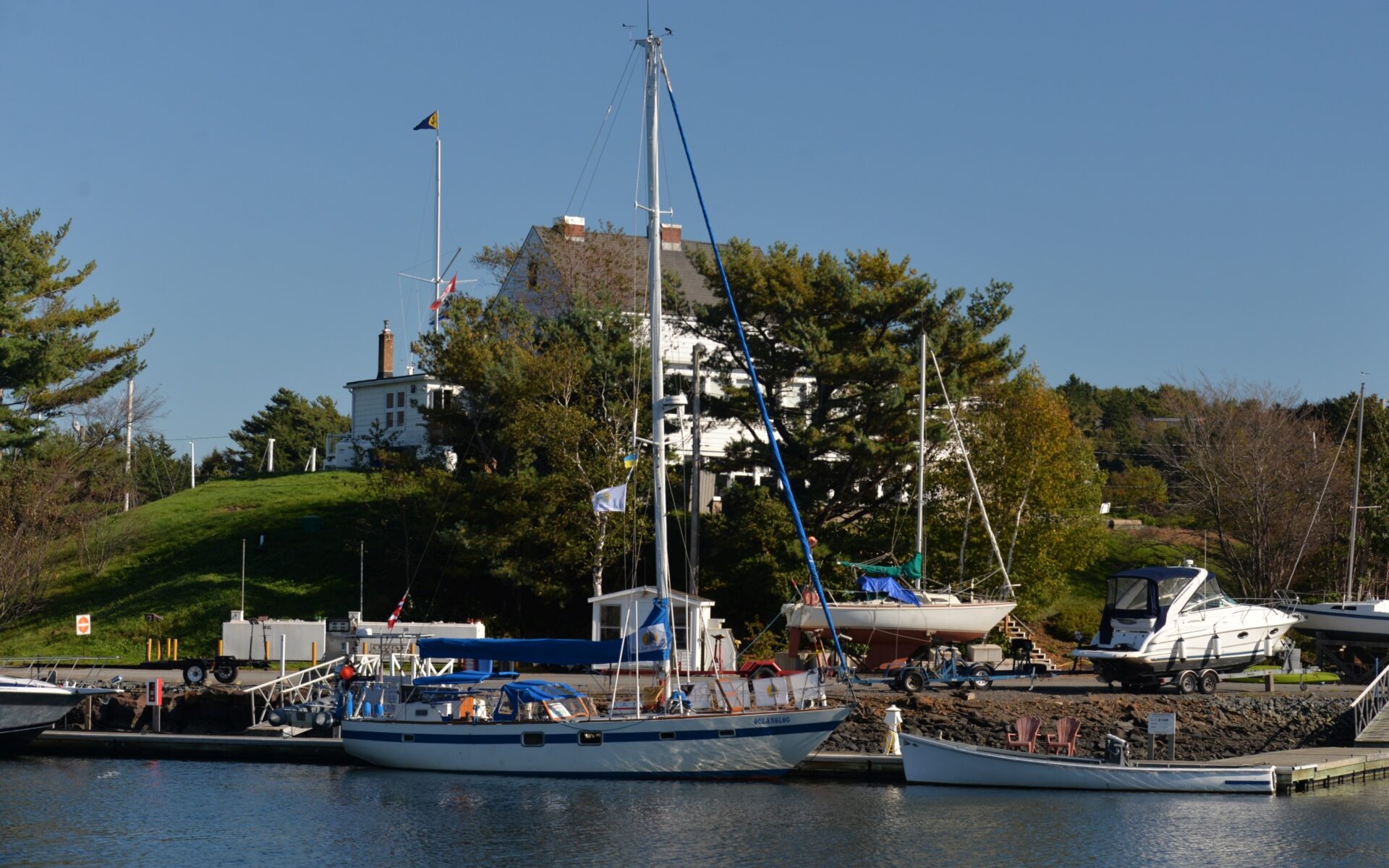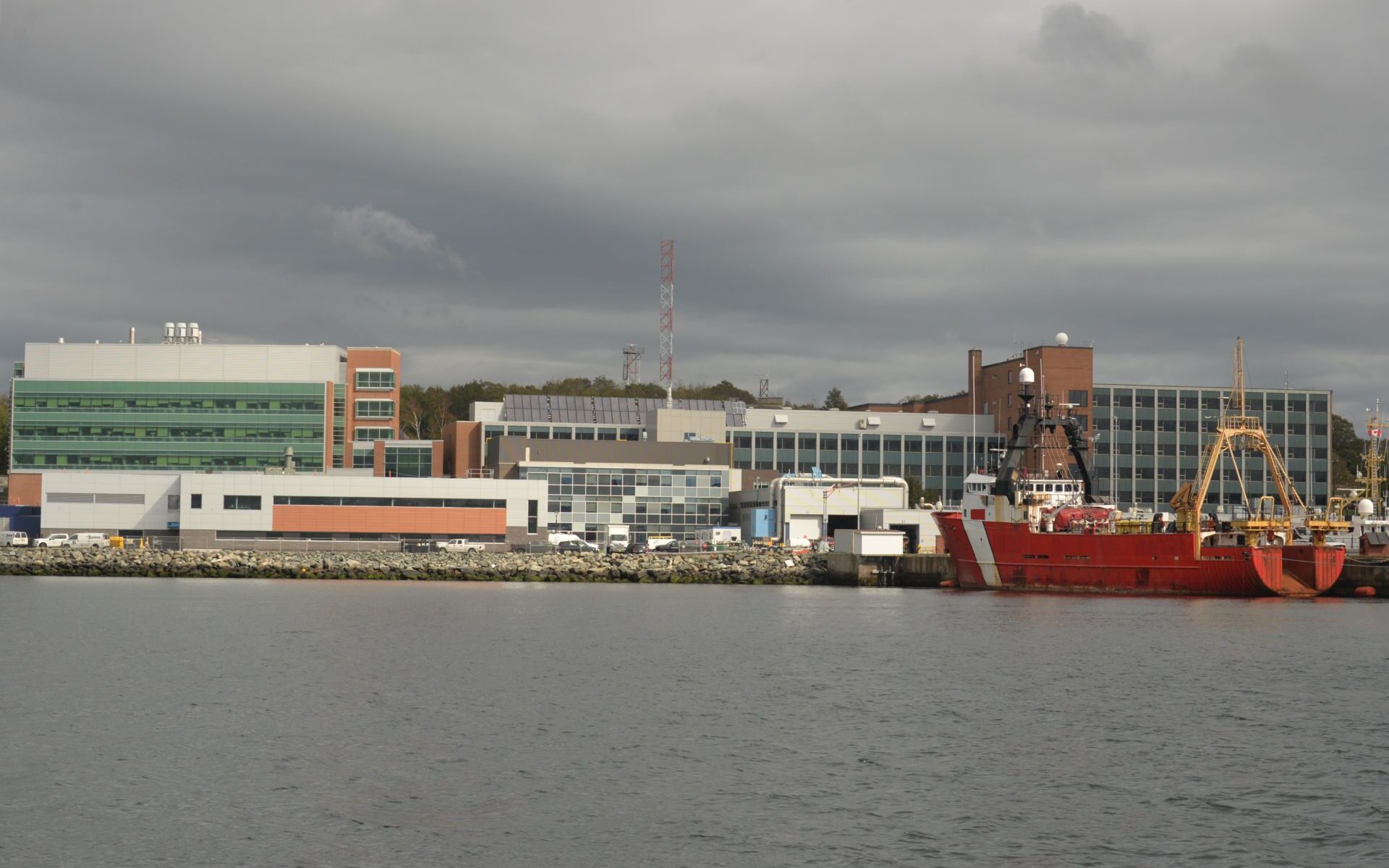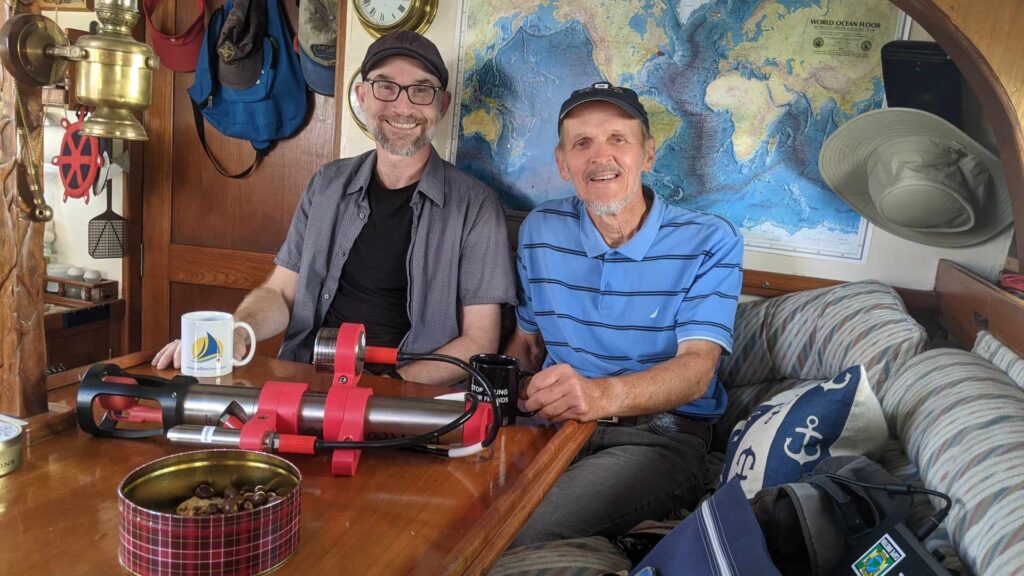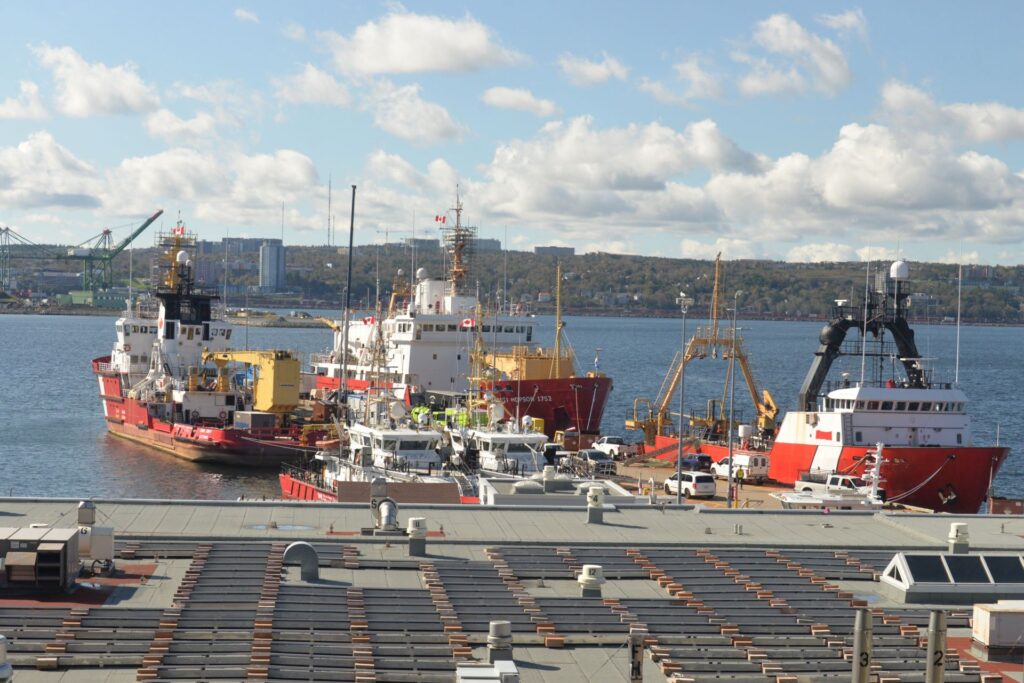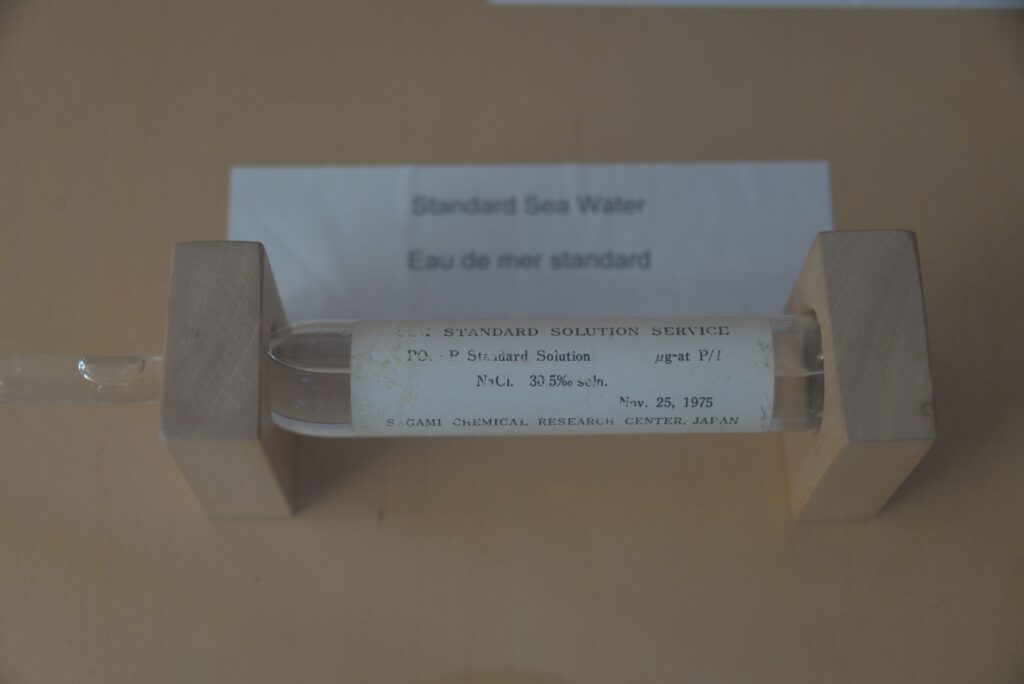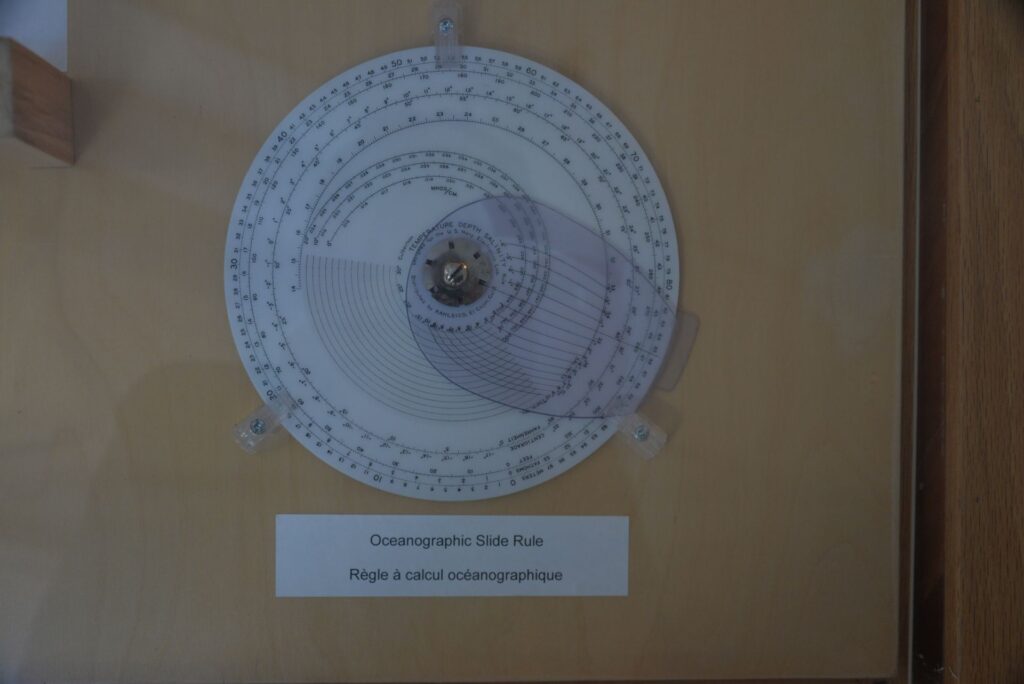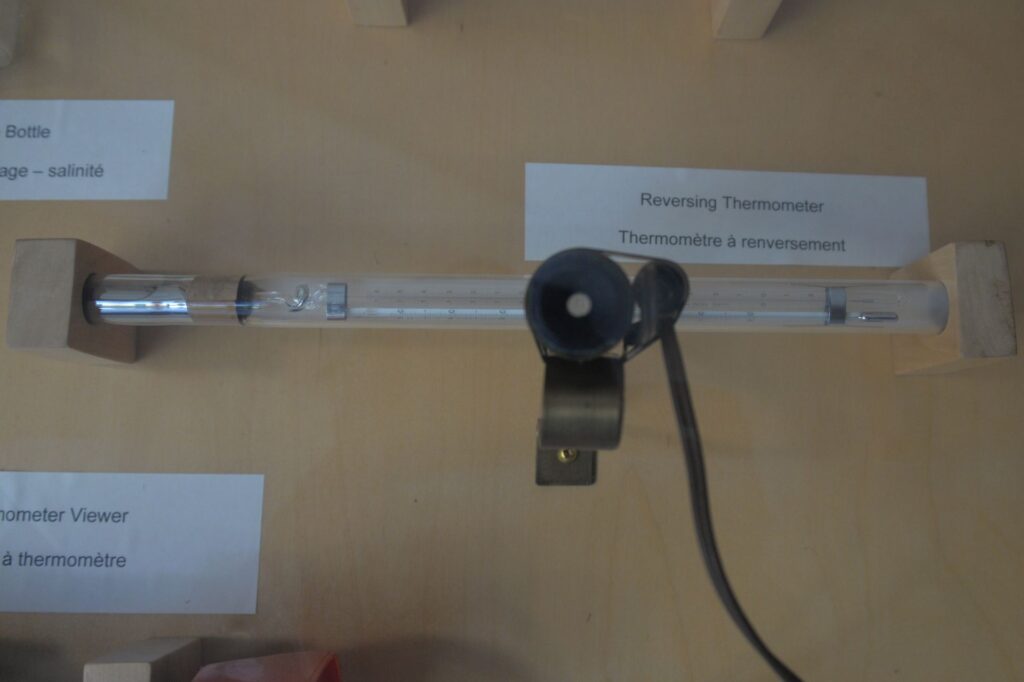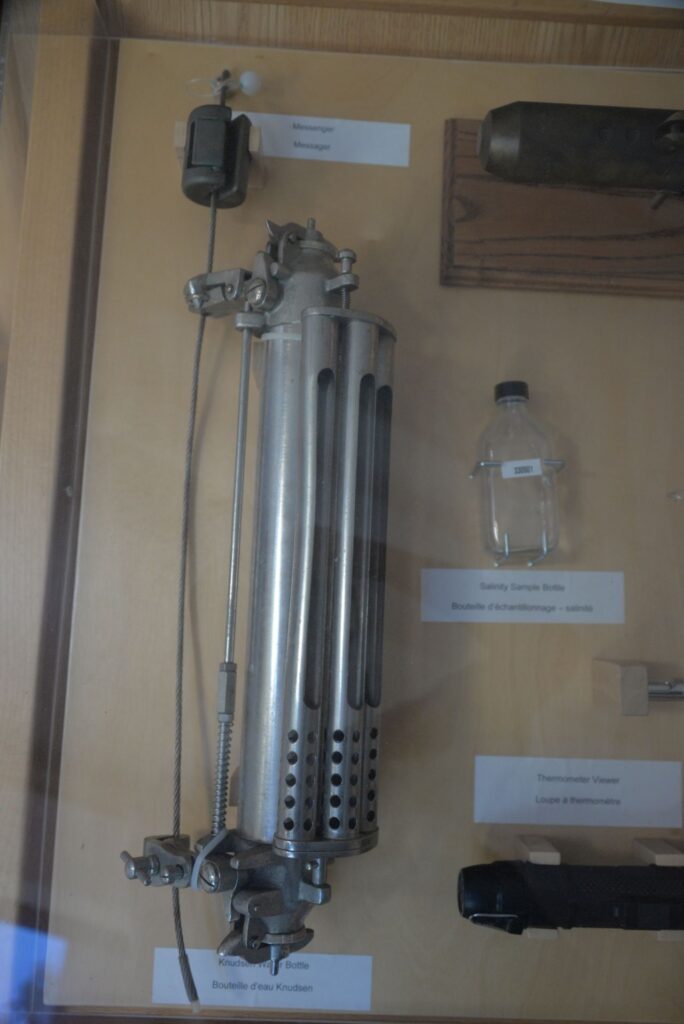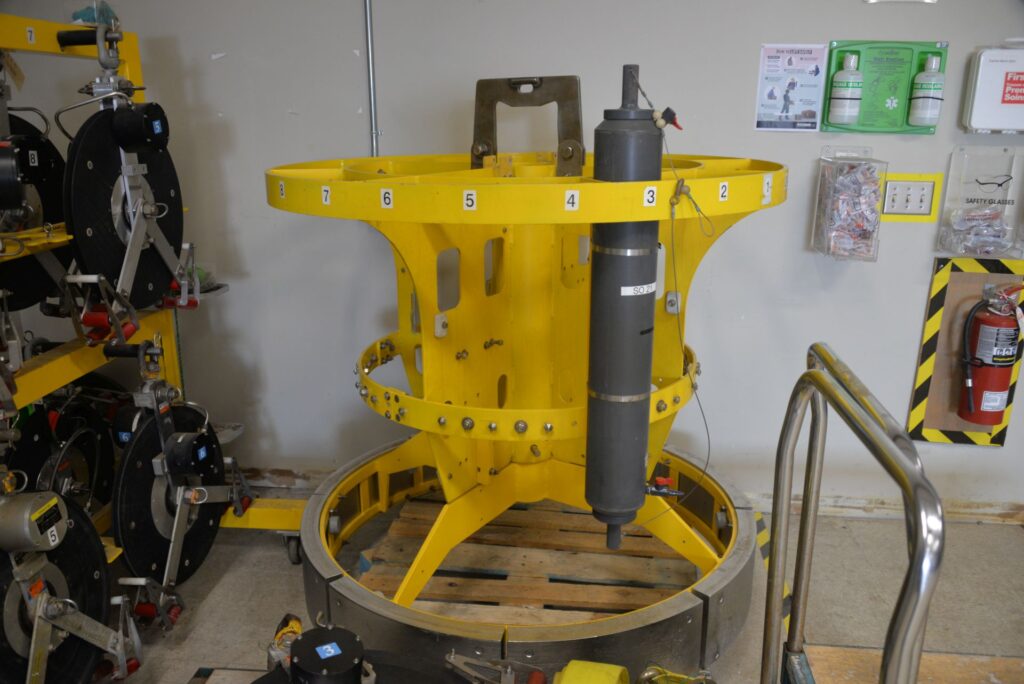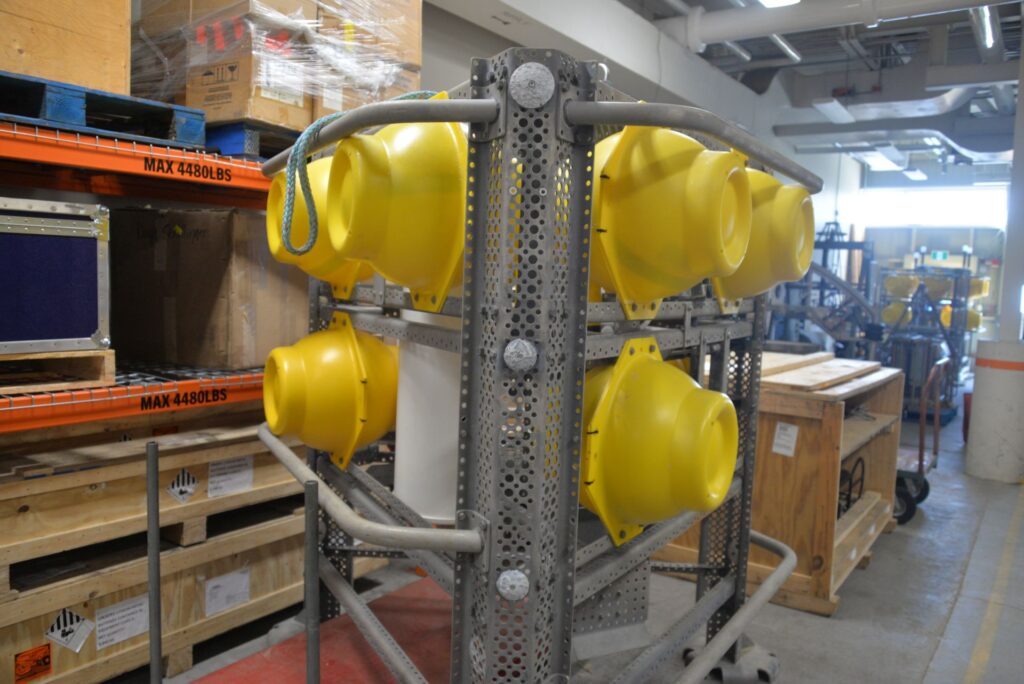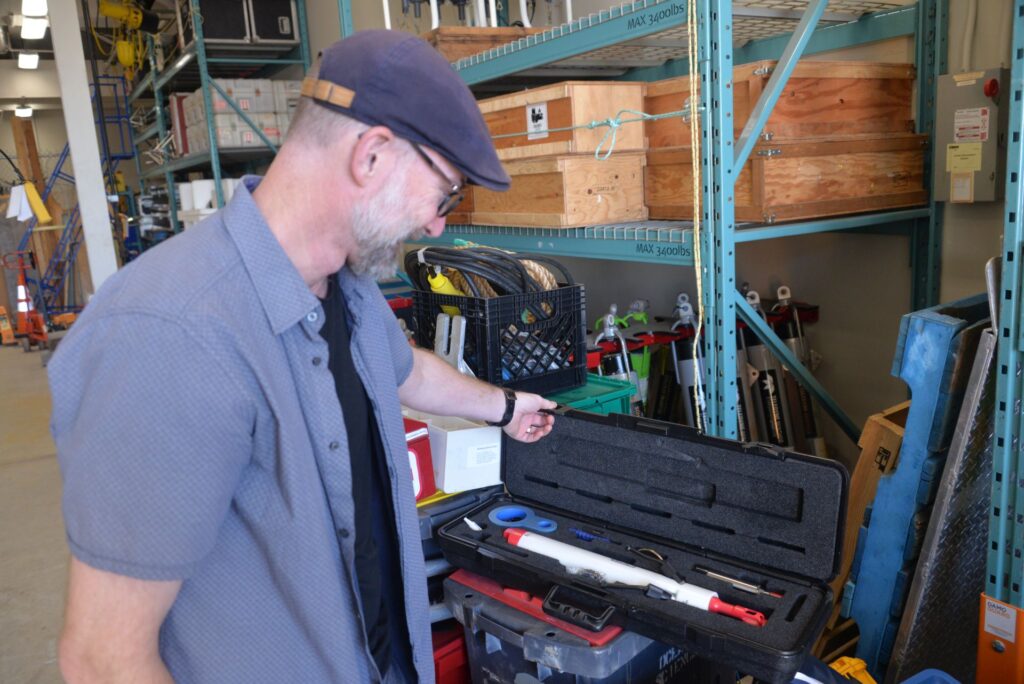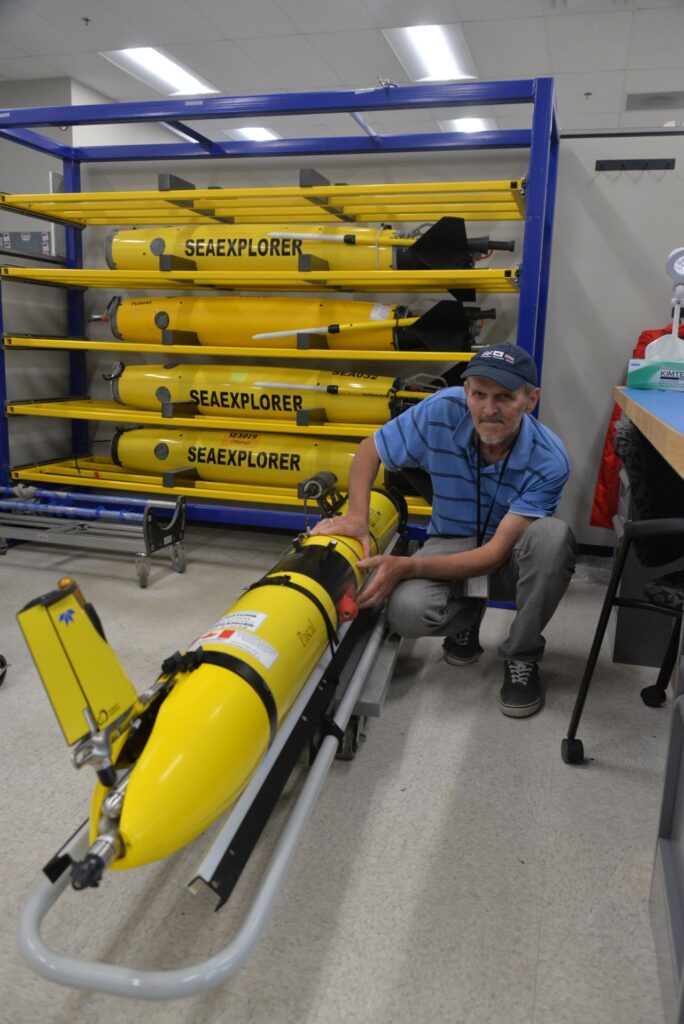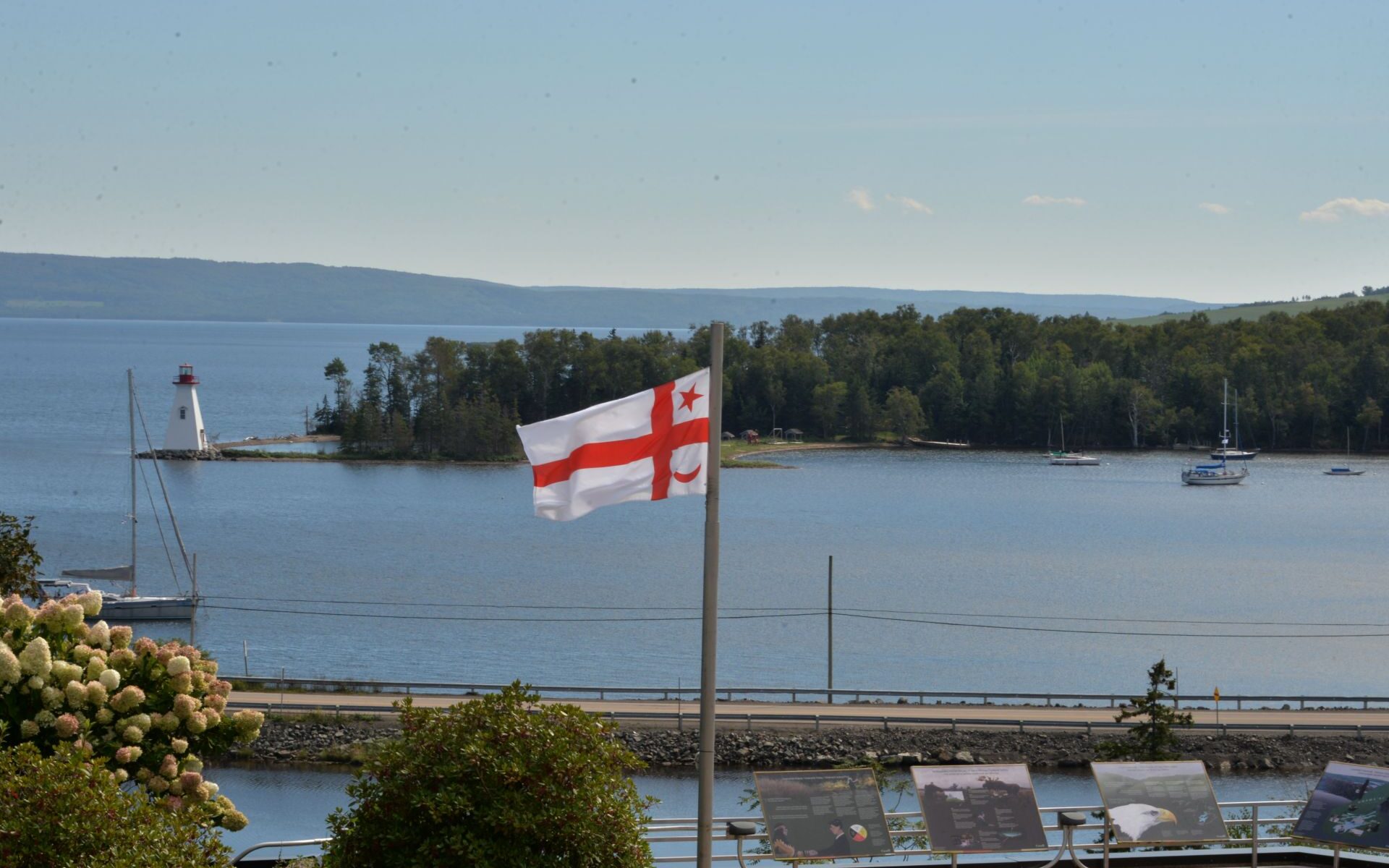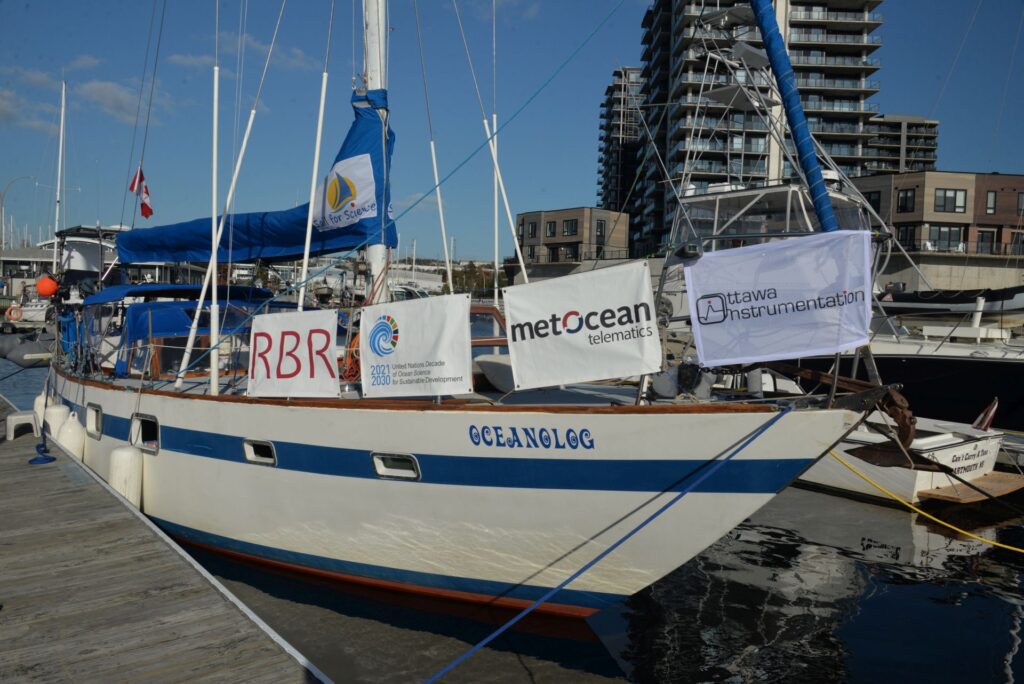After spending a week at the Dartmouth Yacht Club, we decided it was time for a change. Regrettably, the surroundings near DYC were predominantly industrial, far from the serene setting we sought. Following a visit to Yura’s house and a stopover at the Bedford Institute of Oceanography (BIO), we set sail from DYC, heading towards the North-West Arm, located within Halifax, with our destination being the Armdale Yacht Club. Along the way, we made a brief stop at COVE, hoping to connect with our ex-colleagues, but they weren’t available at the time.
The Armdale Yacht Club possesses its unique charm. Situated on what is essentially an island, it boasts a yacht club office perched on a commanding hill, with its docks encircling the island. A bit of historical context adds intrigue to the place—this island, from the early 19th century, once housed a prison for prisoners of war, initially housing the French and later the Americans. In addition to the prison, there were facilities such as a hospital, officer quarters, and guard accommodations. In proximity, on Dead Man’s Island, lay a cemetery where deceased prisoners of war found their final resting place. In 1949, the municipality transformed the former prison into a yacht club, becoming a gathering point for yachtsmen from all corners of Halifax.
But most importantly, at this yacht club, we found a mechanic who agreed to attempt repairing our engine. The high-pressure compressor had been removed and sent for repairs, but it turned out that there were no spare parts available, leading us to endure a week-long wait for their arrival. During this time, we occupied ourselves with various other tasks on the yacht, including the use of our trusty folding bikes for exploring the surrounding area.
